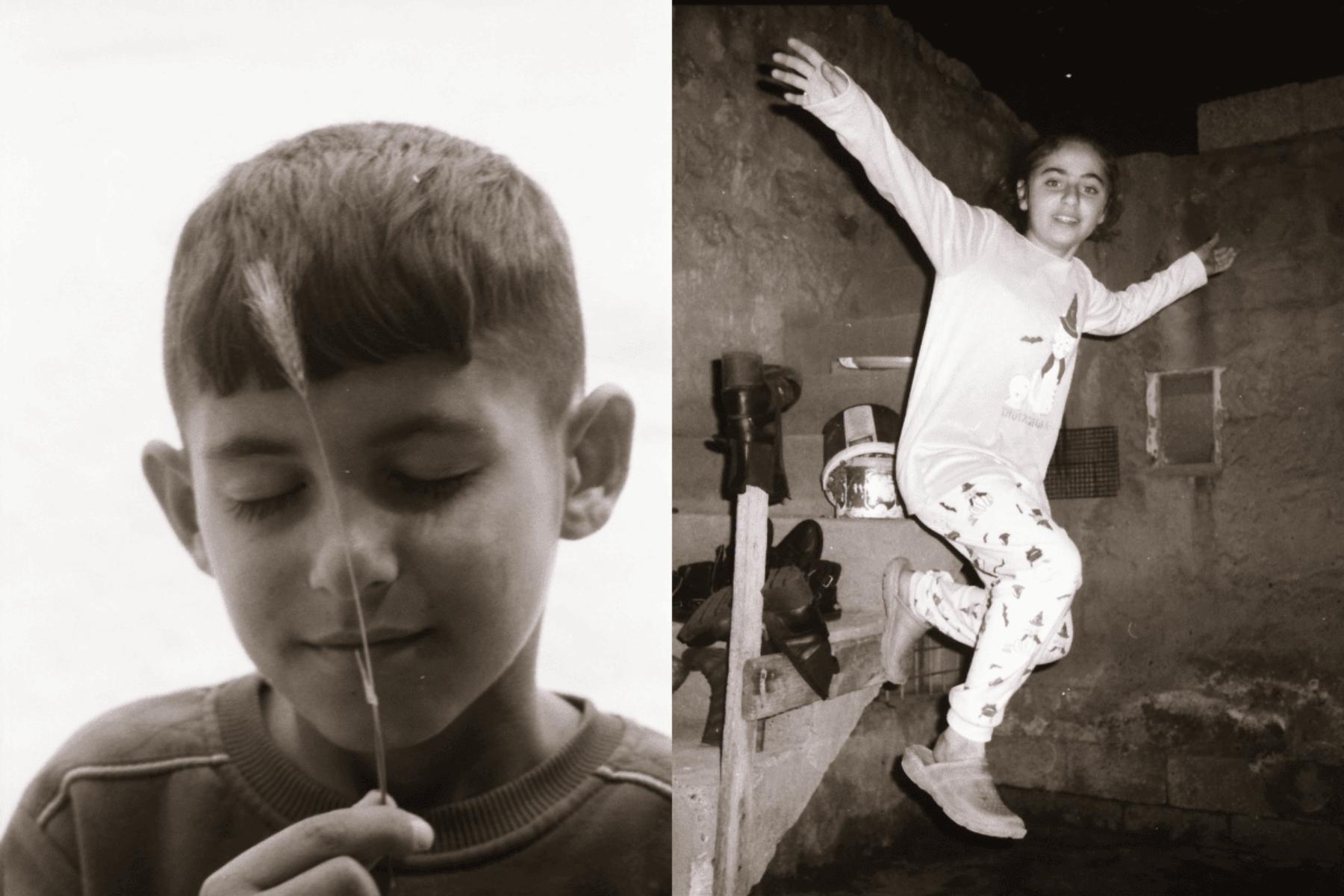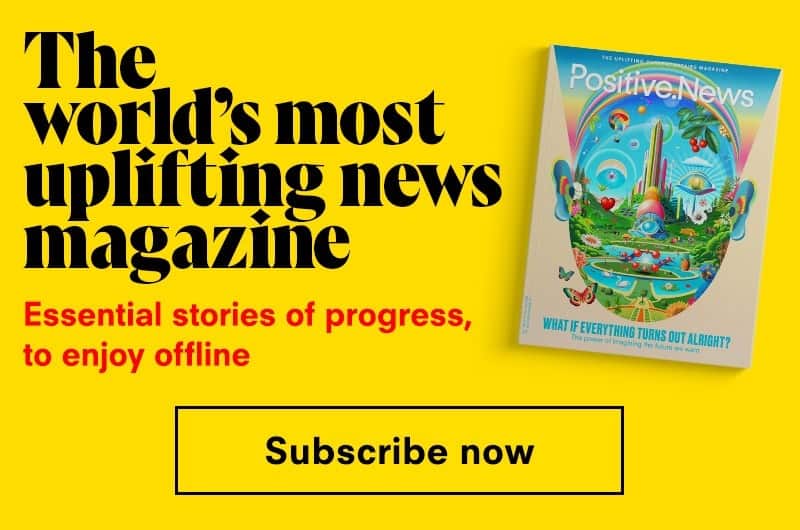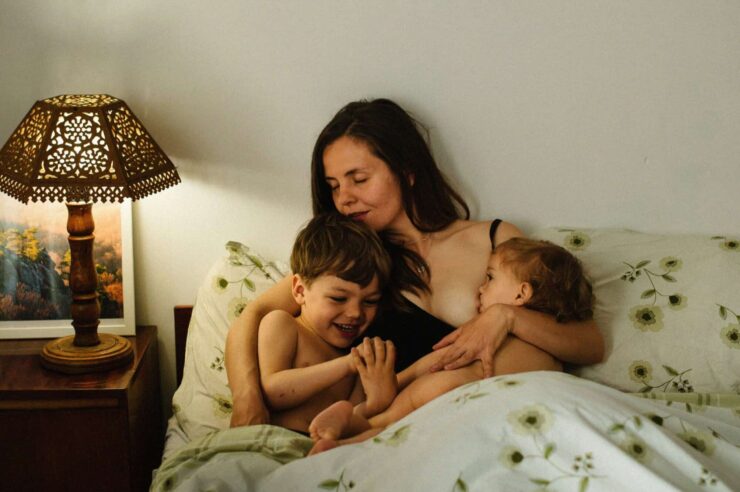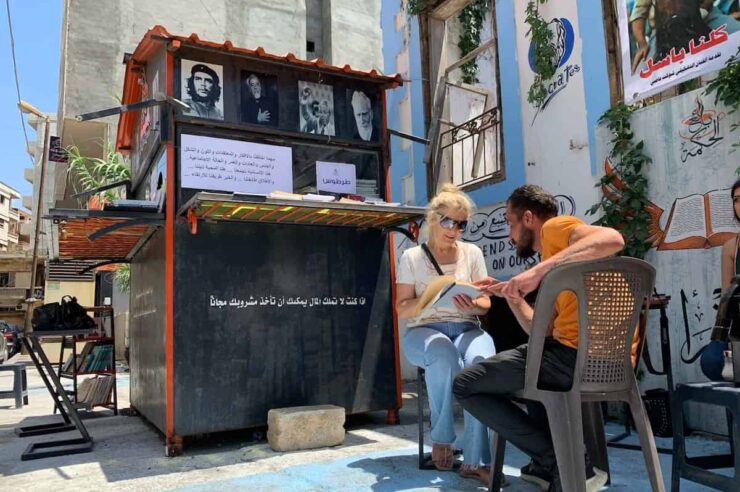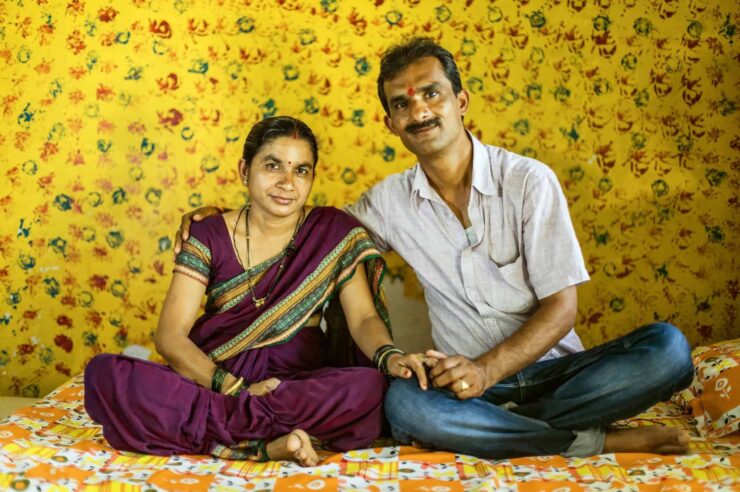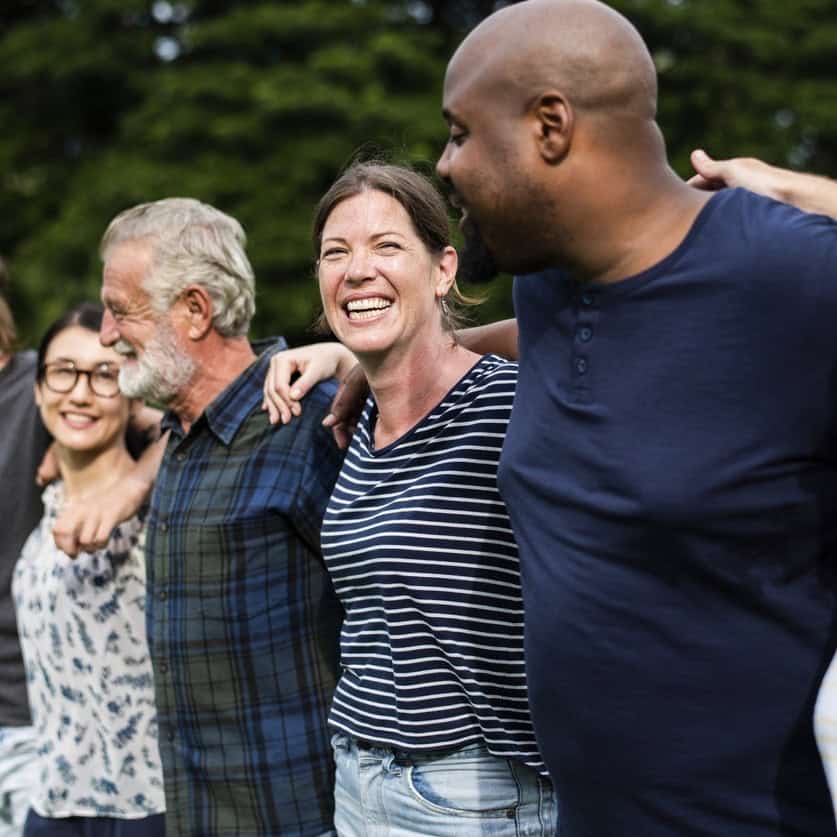On the earthquake-torn borders of Syria and Turkey, a unique travelling darkroom is giving displaced children the chance to learn photography and share the reality of their lives with the world
“I wanted to take a selfie in a different way. I wanted it to be something that belongs to me,” reads the caption on a photograph taken by 10-year-old Elif, who attended one of Sirkhane Darkroom’s photography workshops in Akdogan, a rural village in Turkey. On another photo, by eight-year-old Ishak, the caption simply reads: “My friend”.
Housed in a mobile caravan, this unique darkroom has been travelling to villages along the Turkish and Syrian border since 2019, offering workshops to refugee and local children. This year, director Serbest Salih has turned his attention to the cities of Adiyaman and Kahramanmaraş – both at the epicentre of February’s devastating earthquakes – to help displaced children express themselves through art.
“Analogue photography is a healing process for children,” says Salih, a Syrian refugee himself, who was forced to flee his hometown of Kobani eight years ago and settle in the Turkish city of Mardin in the south-east, not far from the Syrian border. “With digital, we can delete it. But analogue offers the opportunity to learn and study, to make new friends and have discussions. At the end of the workshop, when they see the result, the children start believing in themselves and understanding that photography doesn’t have rules, that there is no bad or ugly photo.”
Part of Sirkhane Darkroom’s mission is to connect with refugees in hard-to-reach villages on the Syrian-Turkish border, a melting pot of cultures and shared languages.
“We saw that people could communicate with each other, but the refugees weren’t getting the chance to integrate, so that’s when we got the idea of using the power of photography to bring children together,” says Salih, who studied photography at Aleppo University, before fleeing to Turkey, where he began to work as a photographer for humanitarian and non-profit organisations. “I speak four languages but photography is a unique language for me because, as a refugee, it helps to express myself and move on from my trauma.”
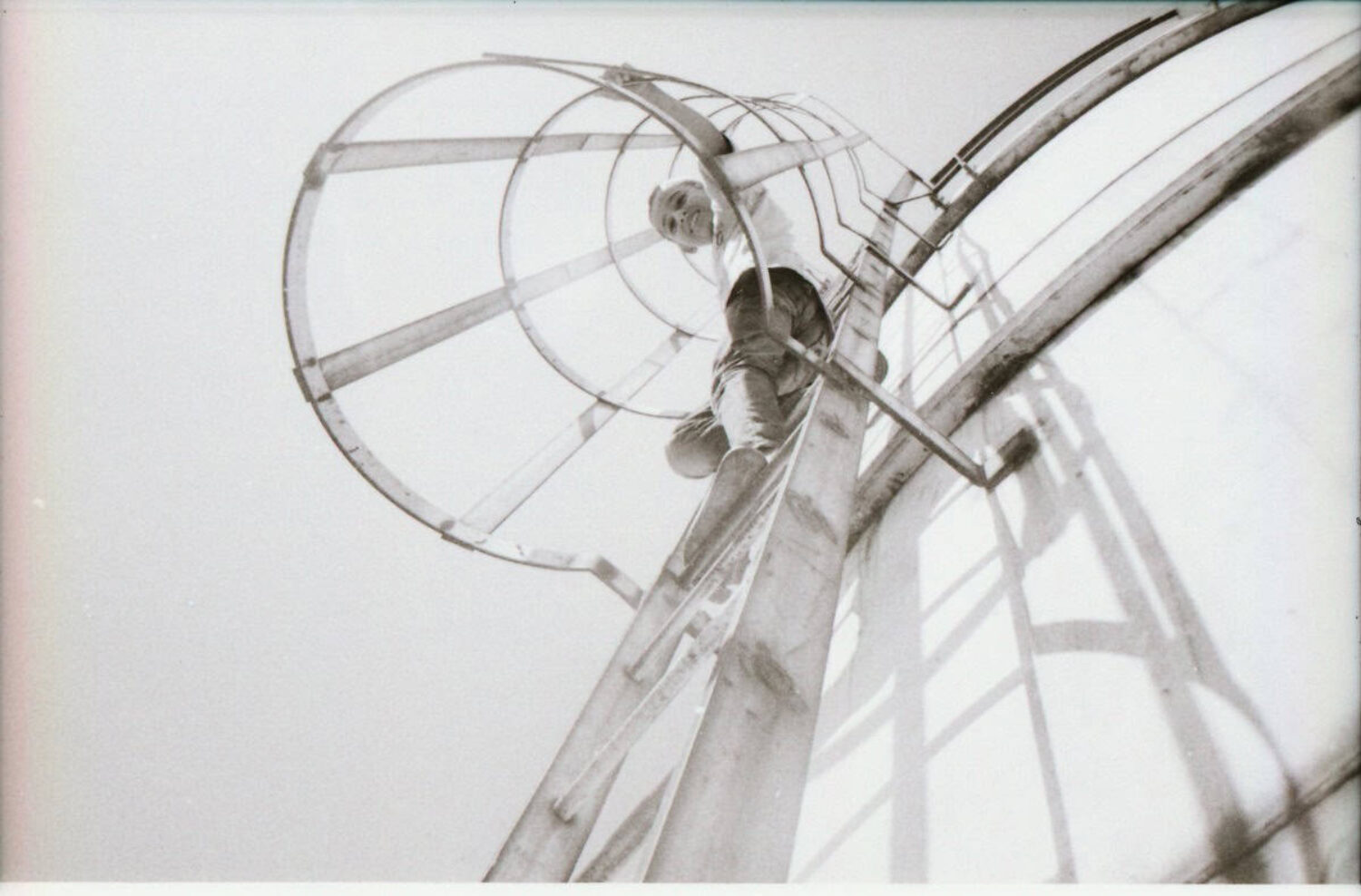
‘Boy from below’, taken by Alan, aged 10, from Mardin, Turkey
The travelling darkroom adapts its workshops to suit the children and range from four to 12-week programmes. Salih also uses the medium of photography as a way to teach the children about subjects beyond the darkroom. This year, he has focused on psychosocial subjects to support earthquake victims, such as gender equality and children’s rights.
“What struck me when I arrived in the earthquake-affected areas was the lack of access to education,” says Salih, adding that there are some school camps, but after the trauma of the earthquake, not all children feel comfortable participating.
When learning about composition and perspective, for example, Salih ensures that local and refugee children of different sexes are partnered together, and teaches them about famous female photographers. “Many of them don’t know that there are female artists,” Salih explains. “We’re trying to show them that there are no gender barriers in art.”
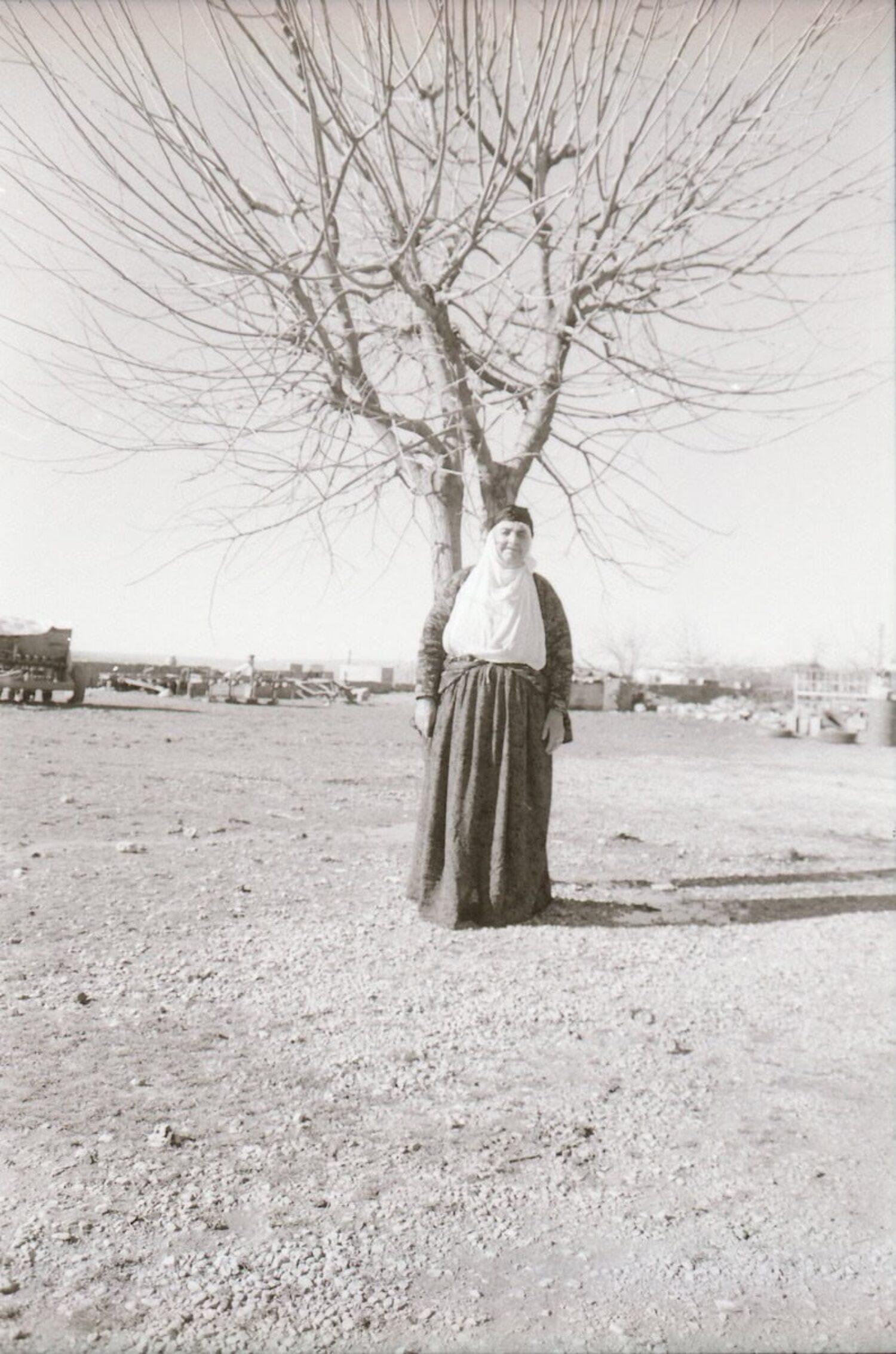
‘Woman and tree’, taken by Meltem, aged 18, Turkey
During the workshops, the children are each given a camera to take home for a week and shoot whatever inspires them. One boy, as he watched the sun set over his village, said: “I felt peace inside me, so I took a photo.” Another girl, who didn’t own a single photograph of her mother, asked if she would pose for her. “Culturally, women can be quite shy about being in photos, but her mother agreed,” says Salih.
Back at the darkroom, Salih shows them how to develop the film and the reaction is one of awe. “Is it magic? How are you doing that?” they ask, in wonder. But Salih is equally amazed by innovation from the children. After he taught nine-year-old Dua to print a negative, she then placed the negative inside the enlarger – a type of projector – and put her hand over it, in order to print her hand with the negative. It’s a similar approach to photogram – a cameraless photography technique. “During all my working life, I’ve never seen anyone do this,” says Salih. “It’s really creative, so I’m now planning an exhibition on negatives.”
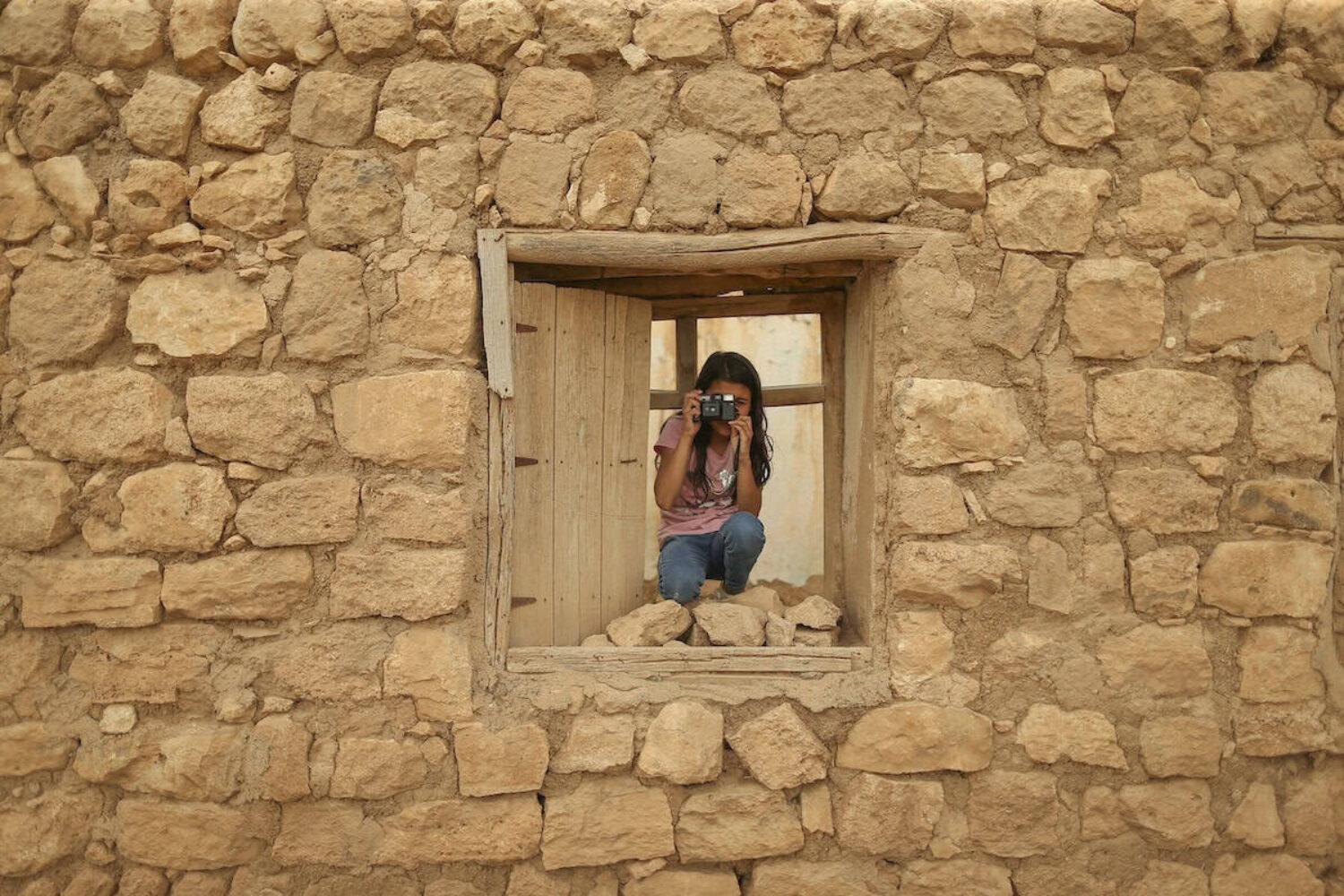
Children are each given a camera for a week and shoot whatever inspires them. Image: Sirkhane Darkroom
Since 2021, the work produced by Sirkhane Darkoom has travelled beyond the villages to exhibitions in Istanbul (hosted by the UN) and the UK, in London and Oxford. But Sirkhane Darkroom isn’t without its challenges, not least the cost of photography equipment. Part of Sirkhane Social Circus School, which is run by Turkish non-profit organisation Art Anywhere, it relies on donations to carry out the workshops. Politically – and of a bigger concern to Salih – is the rising anti-refugee sentiment in Turkey, a battleground in this year’s fiercely contested presidential election, with Syrians fearing deportation. “Most of us refugees are worried,” says Salih.
“I’m motivated to continue because of the results I see,” he says. “As adults, we cannot see what children see; they notice the details of life we’ve stopped seeing. They use their imaginations and layer it with reality.”
Main image: On the left, ‘My friend’, taken by Ishak, aged 8. On the right, ‘Girl jumping’, taken by Refai, aged 12, from Alhasake, Syria
Help us break the bad news bias
Positive News is helping more people than ever to get a balanced and uplifting view of the world. While doom and gloom dominates other news outlets, our solutions journalism exists to support your wellbeing and empower you to make a difference towards a better future. And as Positive News’ audience and impact grows, we’re showing the rest of the media that good news matters.
But our reporting has a cost and, as an independent, not-for-profit media organisation, we rely on the financial backing of our readers. If you value what we do and can afford to, please consider making a one-off or regular contribution as a Positive News supporter. Give once from just £1, or join 1,000+ others who contribute an average of £3 or more per month. You’ll be directly funding the production and sharing of our stories – helping our solutions journalism to benefit many more people.
Join our community today, and together, we’ll change the news for good.
